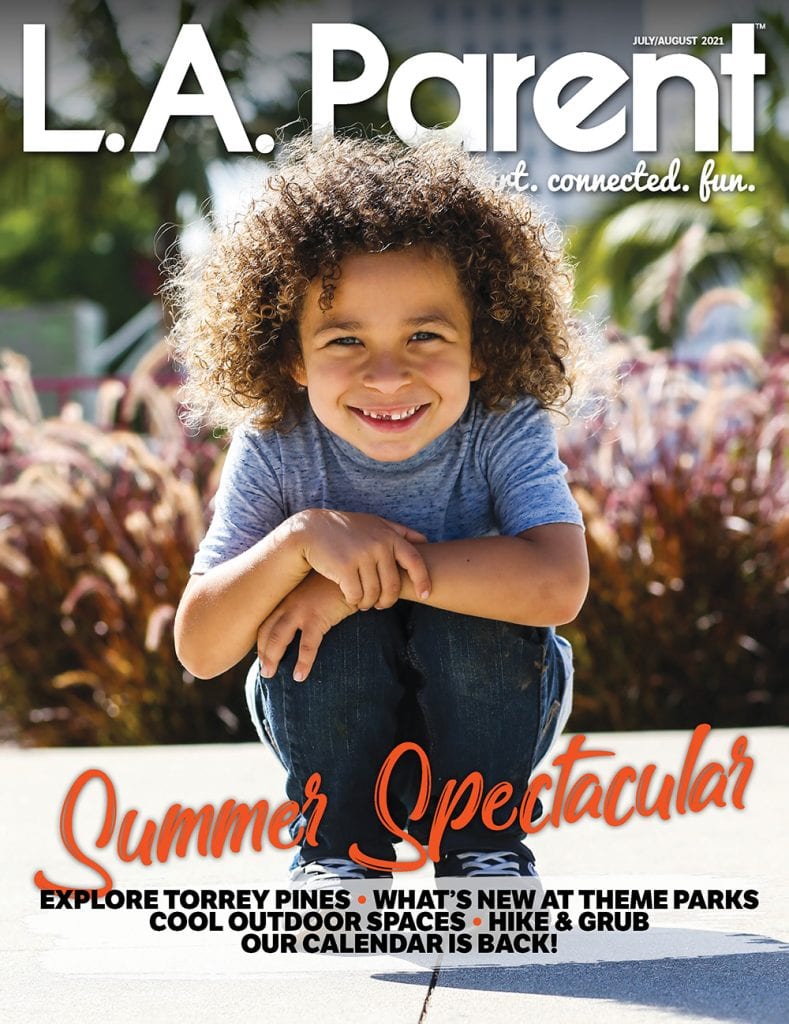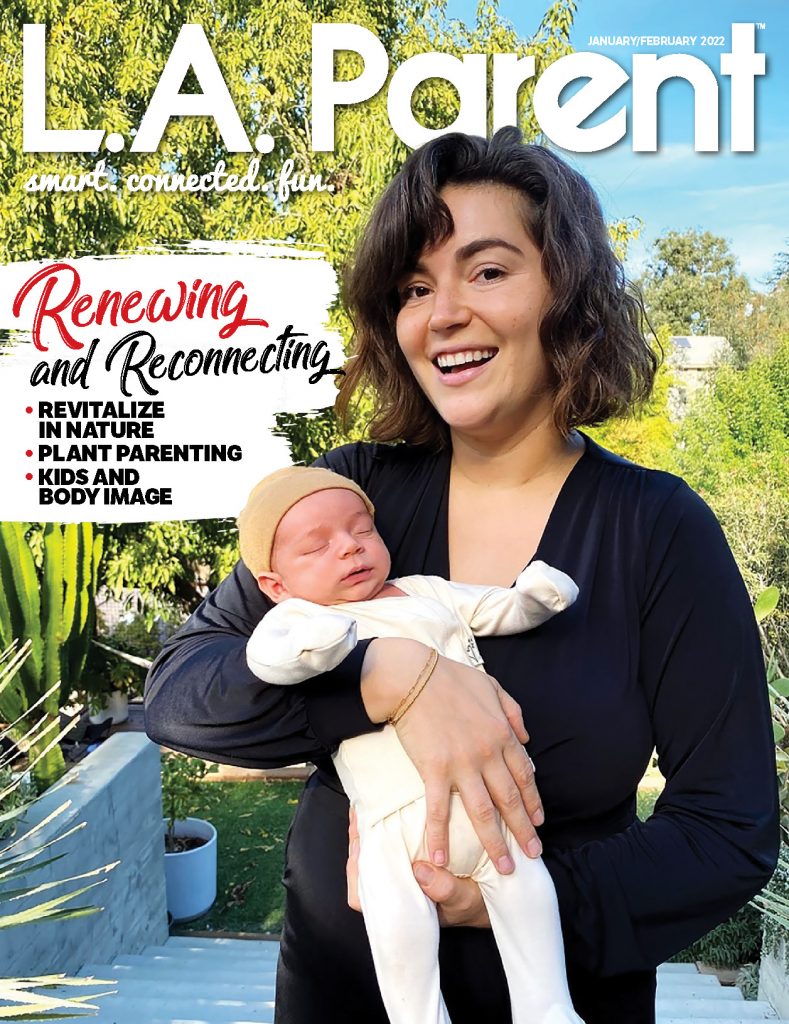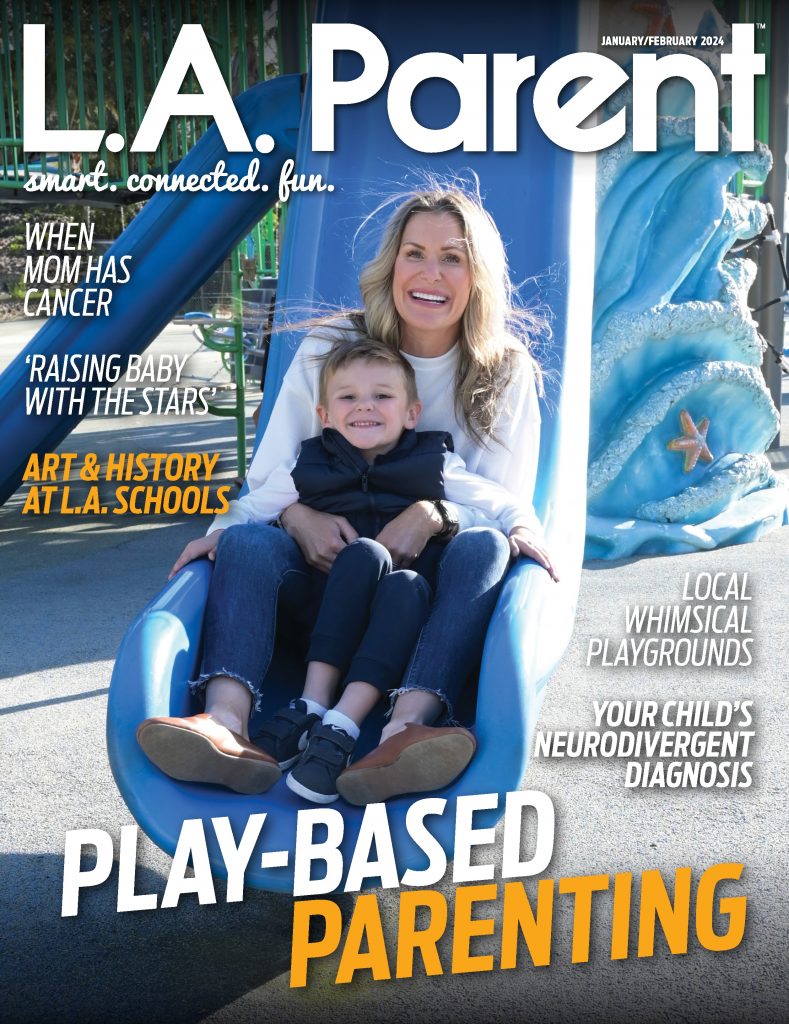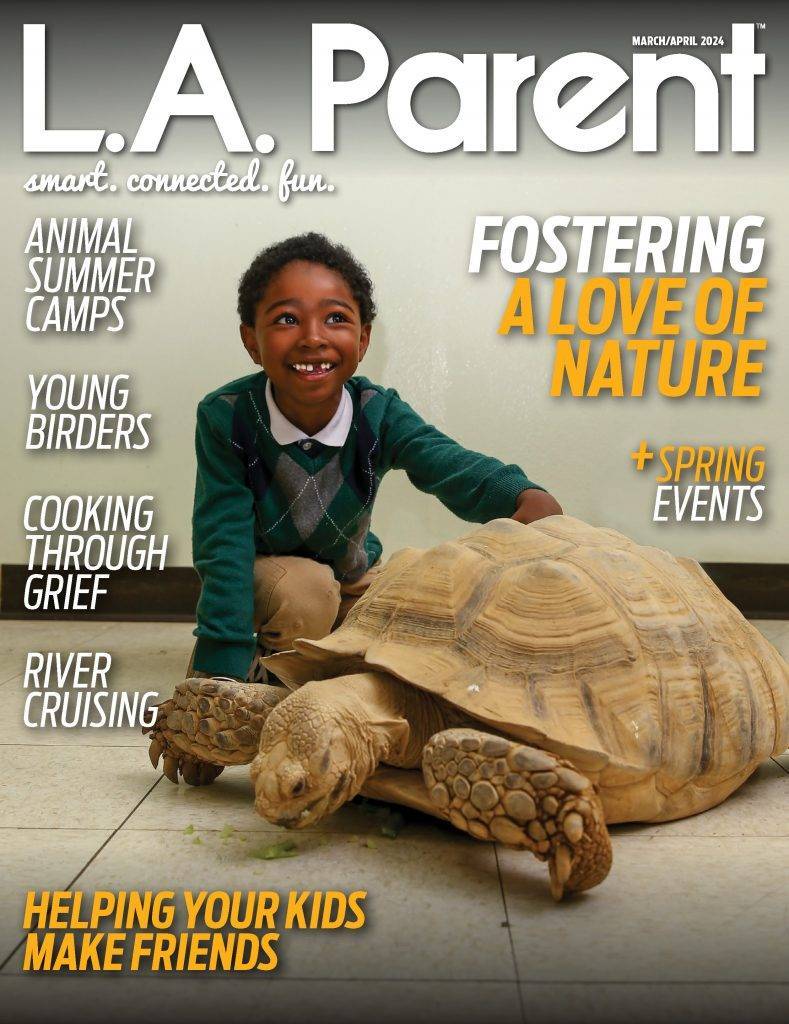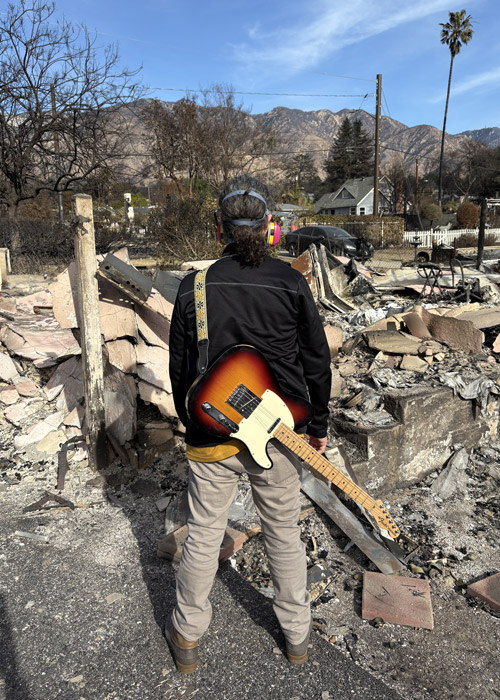From wildfires to immigration fears, learn how Los Angeles families, educators, and organizations are supporting kids through ongoing crises.
Finding Strength in Music
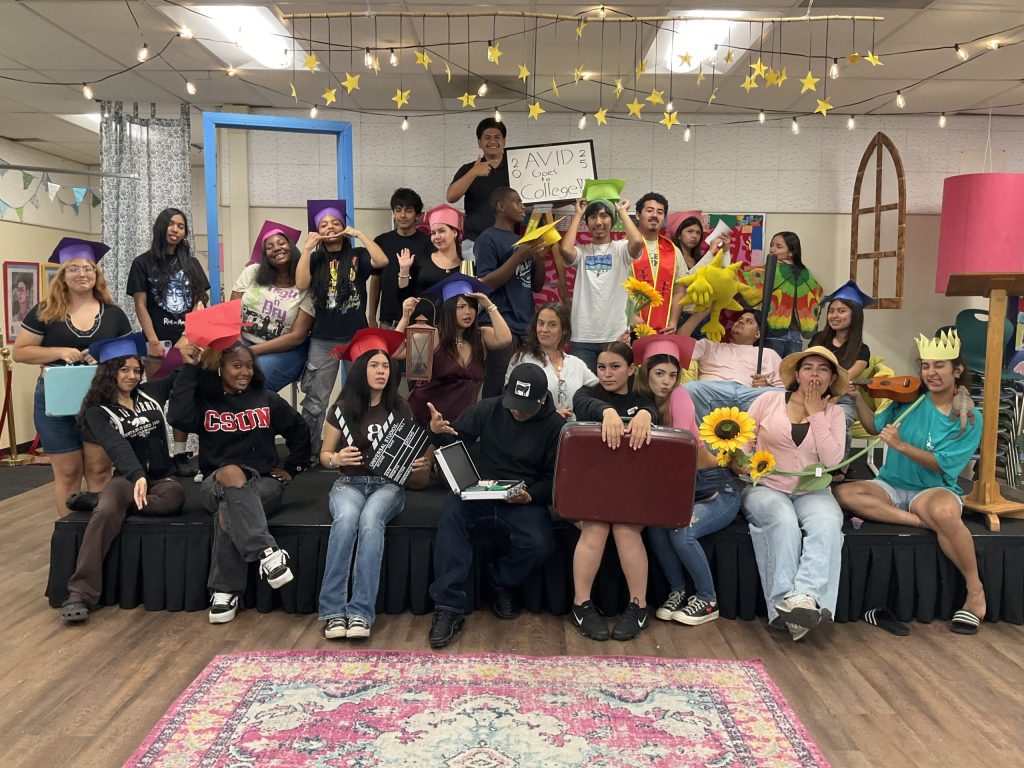
Brandon Jay, a well-known L.A. musician and father of two based in Altadena, suffered the unthinkable when he lost his family’s home in the wildfires that decimated the area this past January. While many schools in his neighborhood were destroyed, his children’s campuses — Sierra Madre Elementary and California School of the Arts — remained intact. But that didn’t mean that their education went uninterrupted.
“We moved a handful of times, like five, between different Airbnbs, then lived in an apartment temporarily, trying to find something more stable. We stayed with a few friends, too,” he says. “But I know some people who had to move upwards of 15 times, or they had to move somewhere far away, so it was really hard to get their kids to school.”
After sharing on social media that his family, including wife, Gwendolyn (also a musician), son, Felix, 16, and daughter, Fiona, 9, lost their home music studio and every instrument in it, along with their house, Jay saw an outpouring of support, with many in his network offering to donate their own beloved music items. It gave him the idea for an instrument exchange for kids and adults to take the focus off all the loss and onto human connection. It was also a way to promote learning, self-expression and the value of helping others.
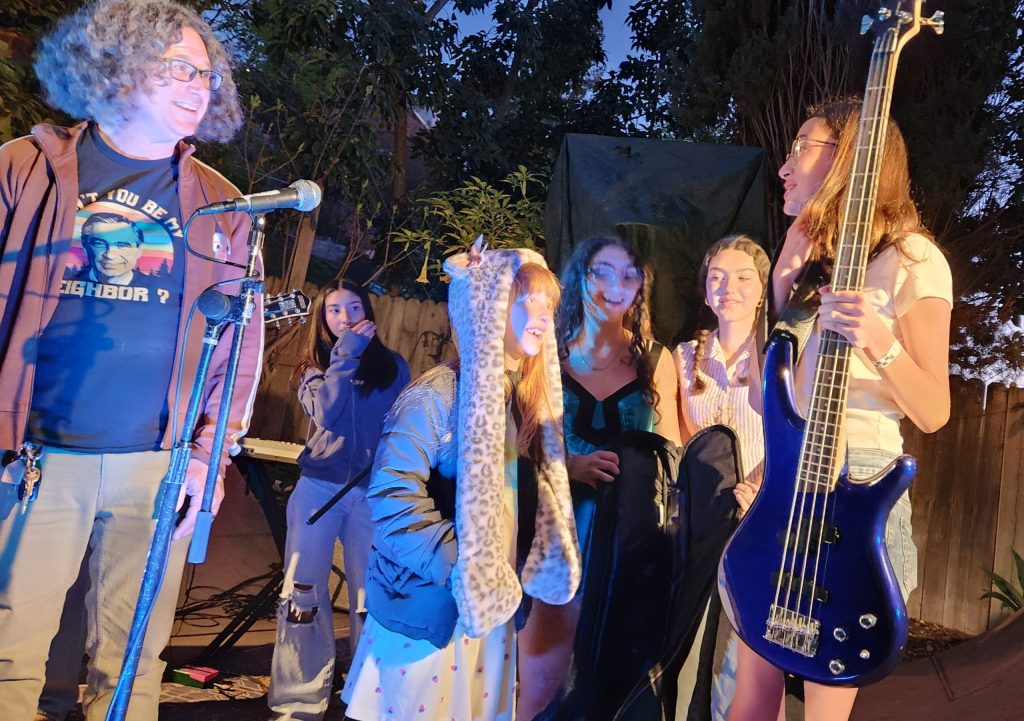
Inspired to make a difference, he founded Altadena Musicians, which facilitates instrument and record donations directly between people at events and in schools, and has offered a powerful bonding experience for families to move forward through the healing power of music.
“Now kids are starting bands and playing shows,” says Jay, sharing that Fiona formed a group with other kids who lost their homes. “It’s nice when kids can be around other kids that they can relate to, being fire-affected. The benefits of talking to others who’ve gone through it are huge. And we’ve gotten over 1000 instruments into people’s hands.”
As with Altadena Girls, co-founded by 14-year-old Avery Colvert, material items are only part of why programs like this make an impact. Giveaways and financial assistance are consequential but knowing that the community cares is just as significant for families navigating loss.
Classroom stressors and solutions
Sadly, the fires suffered in Altadena and Pacific Palisades are one of many incidents that have led to educational disruptions in Los Angeles and California. ICE raids continue to incite fear for immigrant families, both documented and undocumented, while federal cuts from the current administration threaten to slash more resources from schools, among other moves to dismantle the education department.
All this paints an uncertain and sometimes frightening picture for students as they head back to school this fall. Fortunately, there are tools that families can use to withstand the chaos and instability, and local programs can help make the transition easier (see below for our list). But it begins in the home and in schools with teachers who care.
Catherine Borek, who teaches 11th and 12th grades at Dominguez High School in Compton, says that in her classroom, dealing with the confusion and dismay of the outside world starts with responsive classroom strategies and unobstructed communication.
Borek, who teaches AP Literature and Drama, won Teacher of the Year in Los Angeles in 2022, as well as Teacher of the Year for California in 2023. She starts her 30th year at Dominguez High this month. Her message: turning off cell phones is a big part of getting kids to focus.
“We try to use computers and phones as little as possible,” she shares. “I think one of the main issues right now – be it due to the pandemic or smart phones – is that our students are lacking social skills. Kids don’t like to feel awkward and being behind a computer screen lets them feel safe. They’ve gotten so used to being behind their phone instead of having human interactions. So we try to put away the screens and actually be a little uncomfortable. Let’s talk to people. Let’s get up and out of our seats. Let’s move around. Let’s go outside! They realize it’s fun to talk to each other and that it’s a biological need.”
While resources at L.A. schools are not what they could be, Borek —who was hired by Dominguez through the Teach for America program, which brings quality instructors to underserved community schools — believes that curriculum is just as important. “We do a lot of testing,” says the teacher and mom of two daughters, including a 16-year-old at the high school. “It’s really frustrating how much time is spent on these disruptions and not being engaged in an active curriculum.”
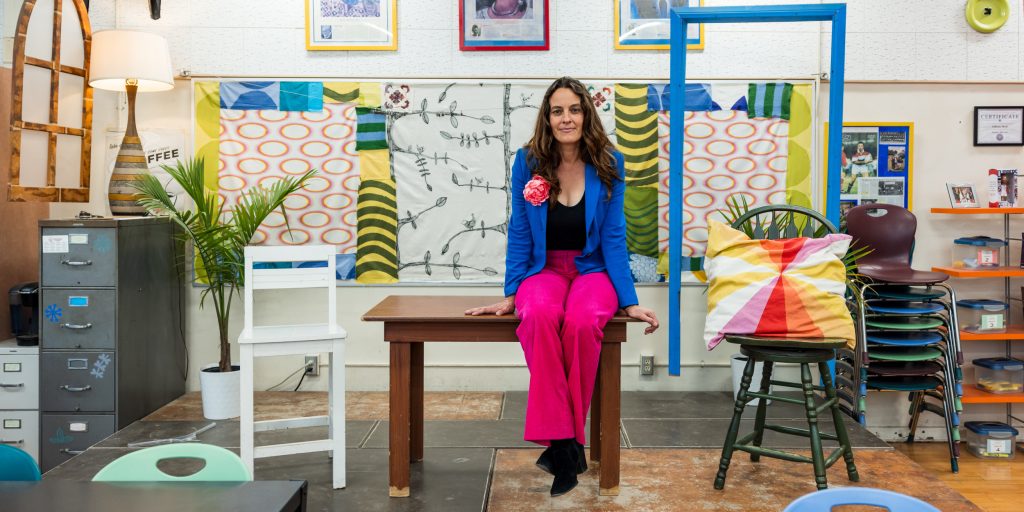
According to the California Department of Education, Dominguez High’s student body is about 88% Hispanic, 10% African American and 2% American Indian. The June ICE raids that started protests in L.A, occurred just down the street from the school at the Home Depot in Paramount. Graduation had been held the previous day, but the aggression in the streets still rattled staff and students.
“They were sending me videos and messages that they were scared,” Borek says of her class. “They were in their homes and helicopters were going around them all night. That fear is real whether you’re a citizen or not.”
To quell some of the distress, LAUSD and Mayor Karen Bass have implemented “safe zones” around up to 100 local schools with campus police and volunteers patrolling routes where Latino students walk or congregate. These “scouts” will alert school administrators of nearby ICE actions so they can lock down if needed and notify parents of the activity by text or email. Bus routes have also been adjusted to help immigrant families be less exposed. On top of current immigration policies, it remains to be seen how President Trump’s directives on education and the distribution of federal funds might affect schools like Dominguez and California schools in general. “My biggest concern is for my students who got into college on a full ride,” Borek says. “That’s the American dream. We can’t tell kids to become better by going through college and then take away the very means to do so.”
Changing focus, moving forward
Disasters and distractions have affected our city and state’s already-fragile learning environments ever since the pandemic — and they continue to be tested. The full mental and physical impact of quarantine and imposed remote learning on students during the 2021-2022 school year (affecting approximately 6 million kids in the state) has yet to be fully understood, but the general consensus has not been positive.
Many families are still dealing with long COVID symptoms and other health setbacks, while the feelings of isolation that adults and children suffered aren’t easily forgotten. On a basic level, some kids are simply behind academically since the shutdowns and haven’t been able to catch up, a problem only compounded by the current state of the world.
“There’s been overlapping crisis after crisis after crisis and I’m seeing a huge mental health impact on children,” observes Burbank-based marriage, family and child therapist Stacy Morhar, who notes that even families not directly affected by the fires or ICE raids are experiencing anxiety that inhibits learning. “Even if they’re just hearing about scary events — in the news, on social media or from parents and friends, it can create a lot of anxious feelings and fears they may not know how to cope with. This can lead to challenging behaviors and even regression.”
Morhar, who is also a mom to a teenage son, adds that in her practice, she sees parents’ worries about everything from schools potentially losing mental health and special ed services to politics and the environment, and these feelings get passed down to their children, often unintentionally.
Her advice? “Be open to reaching out for outside support, whether it’s therapy, wellness programs or a psychologist at school to help,” she says. “Also, self-care is so important. Recognize that a child feels the stress of their parents. We all know what’s best for our kids, but we don’t always realize that they’re watching how we deal with stress and how we talk about life events. Kids are not supposed to be our best friends and we don’t need to share things that are beyond their developmental level.”
Schools, teachers and parents in L.A. must continue to adapt in real-time, utilizing available tools and resources, as they try to create a sense of stability, normalcy and hope. Clearly, struggles and challenges continue, but parents like Jay, Borek and Morhar are addressing them in inspiring ways.
Below, we’ve compiled some resources and organizations that are actively working to lessen the uncertainty that families continue to face post-pandemic, post-fires, and as mass deportations and family separations continue in Los Angeles.
FIRE RELIEF
Altadena Girls – altadenagirls.org
Altadena Musicians – https://altadenamusicians.org
SAVE – cafirefoundation.org/what-we-do/for-communities/save
LA County Recovers – recovery.lacounty.gov
IMMIGRANT ASSISTANCE
Informed Immigrants – informedimmigrant.com/resources
Coalition for Humane Immigrants Rights – chirla.org
Immigrants are LA – https://www.informedimmigrant.com/resources/detention-deportation/steps-take-prepare-family
CalEquity – calequity.org
SCHOOL PROGRAMS
LAUSD programs – lausd.org/studentsupportprograms
LA County Office of Education – lacoe.edu
School Health Centers – schoolhealthcenters.org
GENERAL HELP
Together For Wellness – togetherca.org
Soluna – solunaapp.com
Brightlife Kids – hellobrightline.com/ca-families
Lina Lecaro is an award-winning editor and journalist born and based in L.A. covering entertainment and culture. Follow her on Substack and @linalecaro on Instagram.




